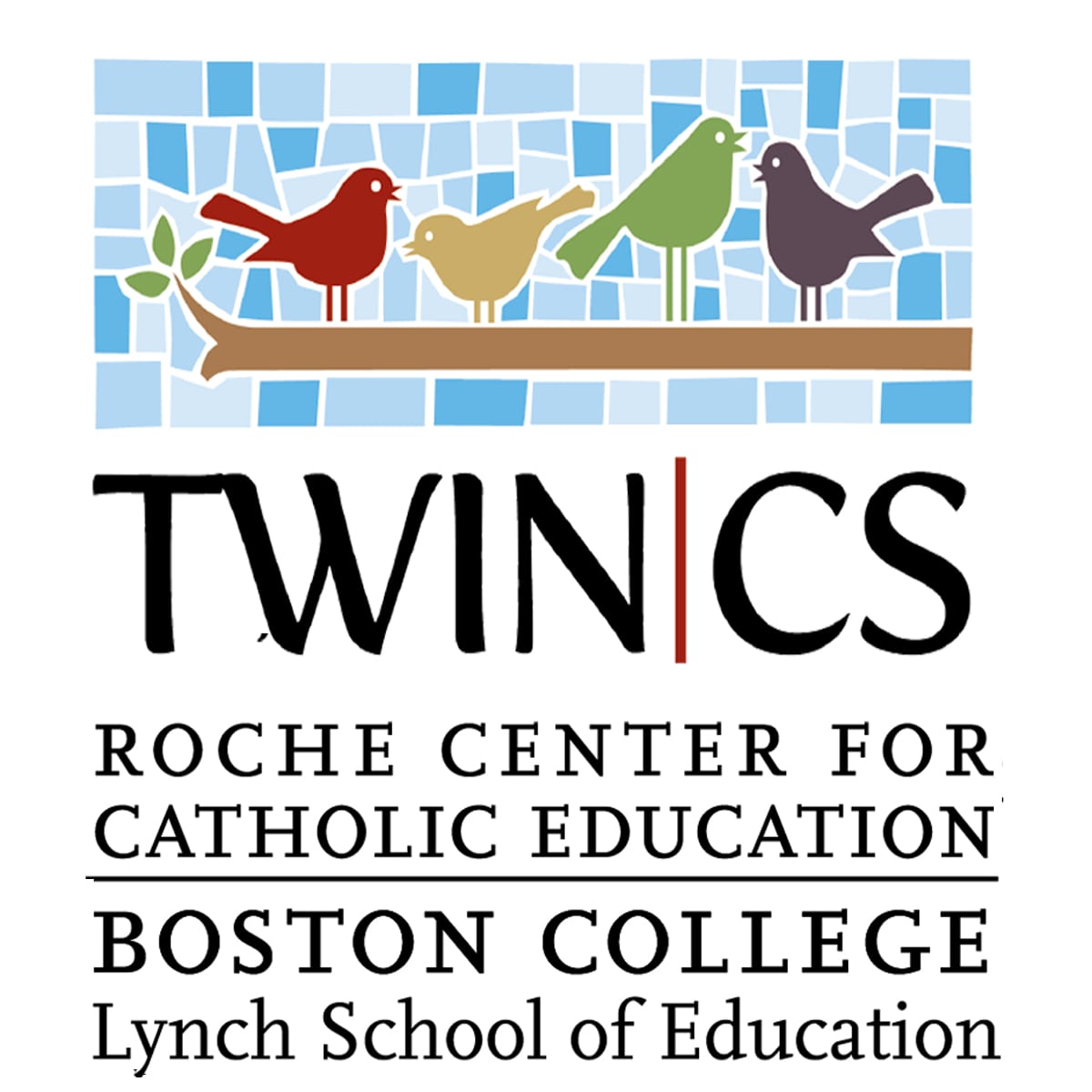In an older, though still very much relevant, publication by Colorín Colorado, researchers Nancy Cloud, Judah Lakin, Erin Leininger, and Laura Maxwell provide a resource titled “Before- & After-School Support for Adolescent ELLs.” This resource outlines effective programs and specific elements of those programs that “assist [ELLs] with their academics and acclimate them to the United States and… secondary schools.”
While dual language programs may sufficiently address such concerns during the course of a school day, additional supports for immigrant students or students who enter into the dual language setting later than their peers may benefit from these programs. Recommended programs include orientation and tutoring programs with effective elements as listed below:
- Staff and coordinate the program with ELL teachers and ELL guidance counselors
- “English language learners will be more likely to come if their teachers and guidance counselors will be there because their presence will provide a certain level of comfort.”
- Properly train volunteers
- “In addition to teachers, it is useful to have volunteers to provide students with more individualized instruction.”
- Provide computers and printers
- “For many students this will be their only opportunity to work on a computer and be able to print material, so it is really important to try and provide these materials.”
- Provide incentives
- “Students enjoy getting little gifts or prizes, or extra points, for attendance or hard work, and these show the program recognizes and values their hard work.”
- Contact parents
- “Many parents of ELLs are very nervous about their students staying after school for a variety of reasons, and they are also often suspicious of why their students do not come home right away.”
- Partner with classroom teachers
- “It is important to try and be in touch with your students’ other classroom teachers who do not participate in tutoring to tell them how their students are doing and find out if they think the tutoring is helping. They may also have suggestions on what they would like their students to be doing in tutoring.”
The Colorín Colorado article details how to implement each of these elements within the corresponding recommended programs. Please find the complete article here.

